Teeth play a crucial role in food digestion for most animals. They help grind and break down food into smaller particles, mixing it with saliva to initiate the digestive process. But surprisingly, some animals have evolved to live without teeth entirely. How do they eat? How do they survive? In this article, we introduce 10 fascinating animals without teeth and explore the unique structures and strategies that allow them to thrive.
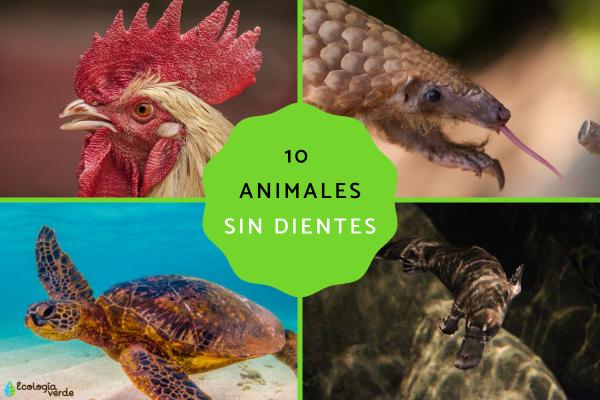
Chickens are grain eaters, yet they completely lack teeth. Instead, they rely on a specialized structure called the crop to moisten and store food. They also have a gizzard, located in the abdomen, which functions like teeth by grinding food with the help of small stones called gastroliths that chickens swallow. Wild chickens find these stones in their environment, but farm-raised chickens may need dietary supplements if their food isn’t pre-processed.
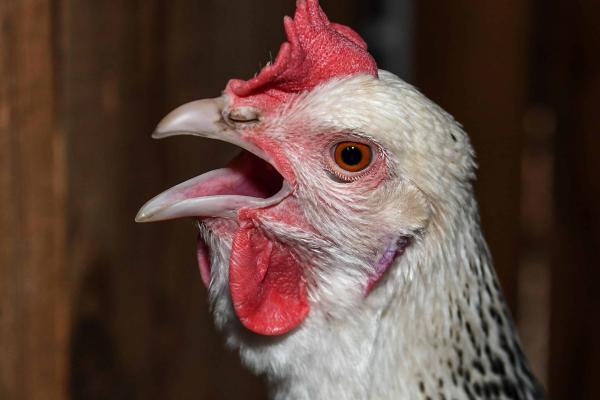
Although mammals are typically characterized by having teeth, baleen whales are an exception. These marine giants feed by filtering large volumes of water through baleen plates—comb-like keratin structures that trap plankton and small fish. This method of feeding is known as filter-feeding and allows them to survive without the need for teeth.
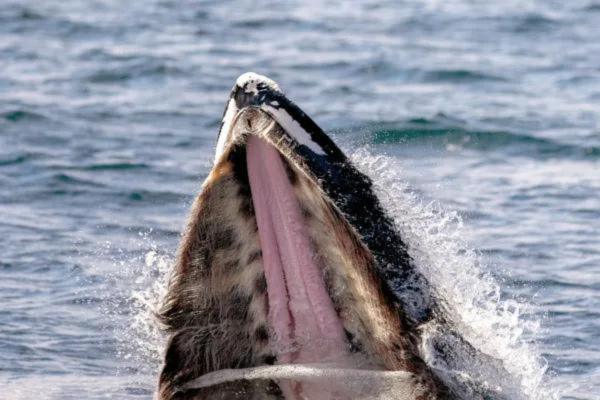
Beaked whales are part of the toothed whale group (Odontoceti), yet most species lack visible teeth. Only males of some species develop a pair of tusk-like teeth, while others retain teeth embedded under the gums. These whales feed by suction, pulling in prey whole without chewing—earning them a spot on the toothless list despite their classification.
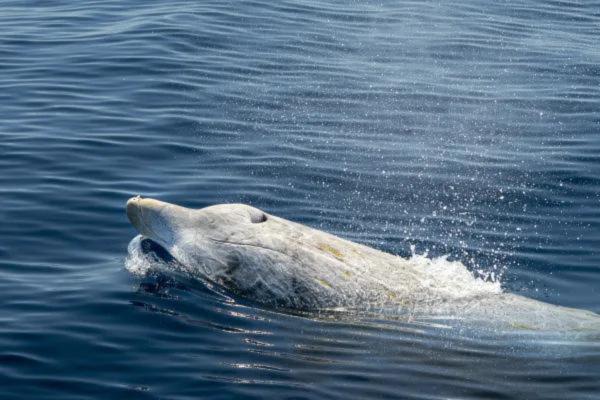
Pangolins are specialized ant and termite eaters (myrmecophagous). They have no teeth, using their long, sticky tongues to collect prey. Like chickens, pangolins swallow small stones to help grind food in the stomach. Their stomach lining is exceptionally tough to resist the toxins found in ants.
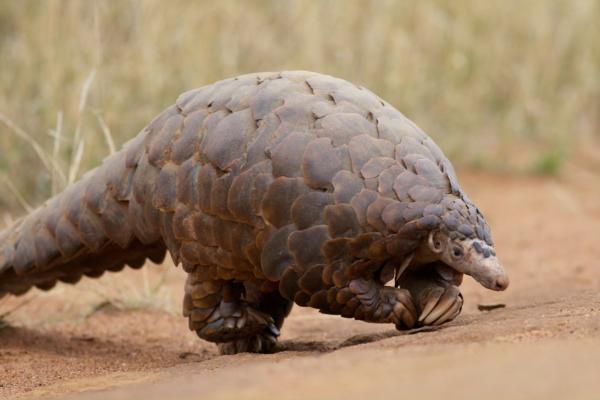
Turtles are born with a temporary egg tooth for hatching, but lose it shortly after birth. As adults, they rely on a sharp, beak-like structure to bite and chew. This hardened beak continuously grows and wears down with use, enabling them to crack open crustaceans or clip vegetation effectively without needing teeth.
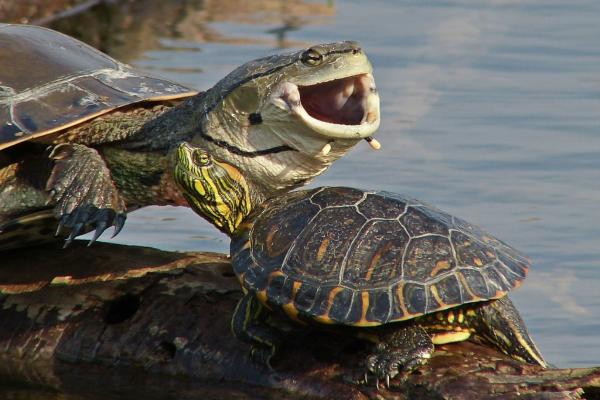
Butterflies feed exclusively on liquids such as nectar or fruit juices. They possess a long, tube-like structure called a proboscis, which acts like a straw for sipping fluids. Their diet does not require chewing, which is why butterflies are completely toothless.
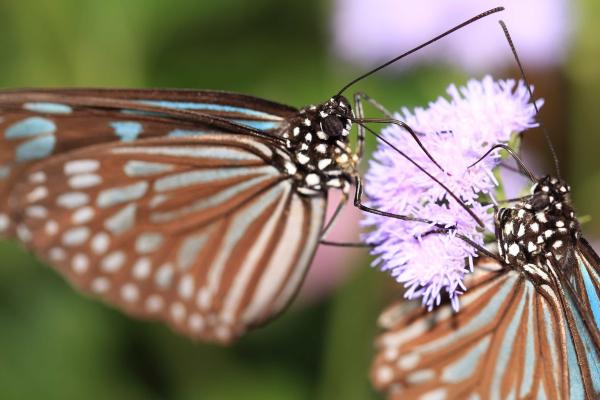
This unusual egg-laying mammal is born with teeth but loses them shortly after hatching. Adult platypuses crush their food using hardened keratin plates in their jaws. Interestingly, they also have venom glands to subdue prey, making them effective hunters even without teeth.
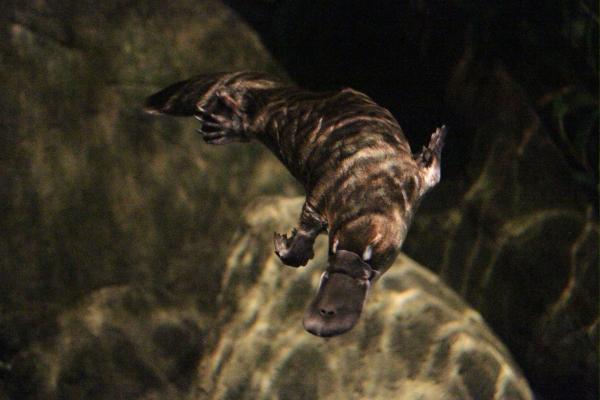
Spiders have no traditional teeth but possess specialized structures called chelicerae—fang-like appendages that inject venom into prey. These mouthparts also function as pincers to manipulate and liquefy their food, allowing spiders to feed without chewing.
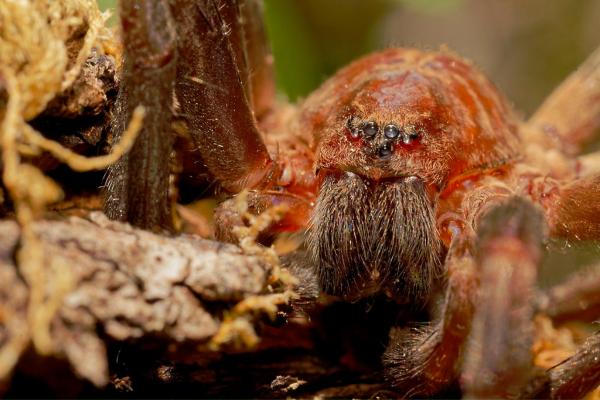
As their name implies, anteaters consume ants and termites using long, sticky tongues. They have no teeth and rely entirely on their stomach and swallowed grit to break down the insects they consume. Their strong claws and keen sense of smell make them highly efficient predators.
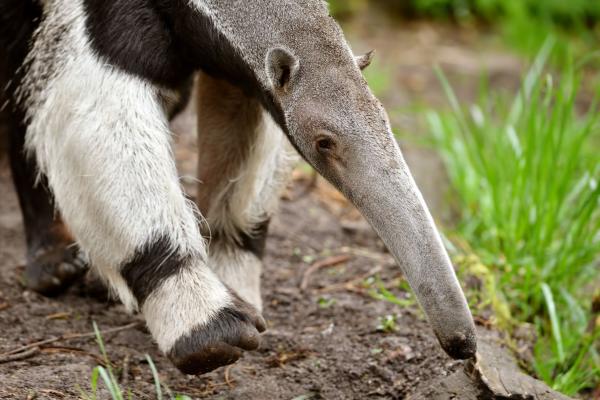
Snails are soft-bodied invertebrates that use a structure called a radula to feed. This tongue-like organ is covered with thousands of tiny, rasping projections often referred to as "radular teeth." It works like sandpaper to scrape plant material from surfaces, although technically not true teeth.
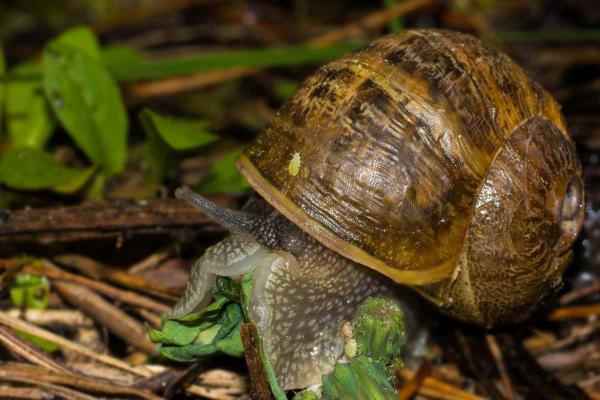
These toothless species have evolved a variety of specialized tools—gizzards, baleen plates, sticky tongues, or keratinized beaks—to perform the tasks teeth typically handle. Their adaptations are prime examples of evolutionary ingenuity, showing that life can thrive in many forms.
animal tags: Toothless Animals
We created this article in conjunction with AI technology, then made sure it was fact-checked and edited by a Animals Top editor.